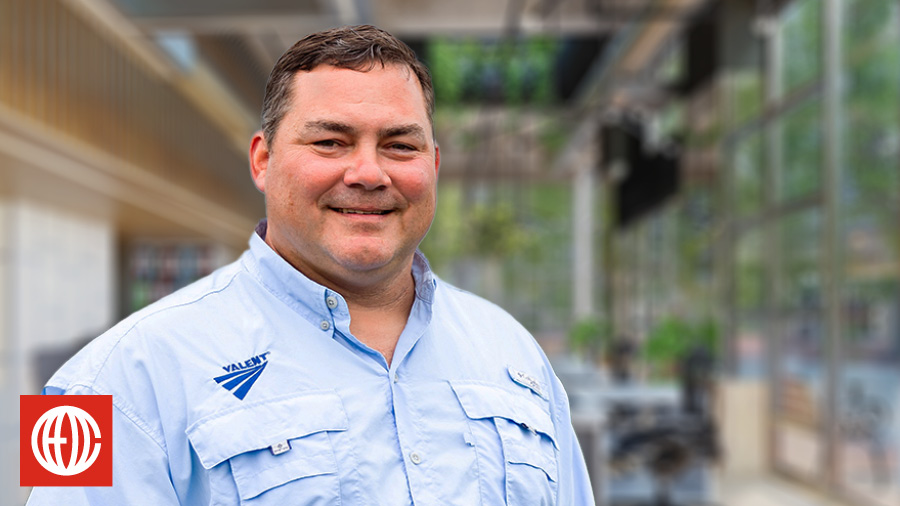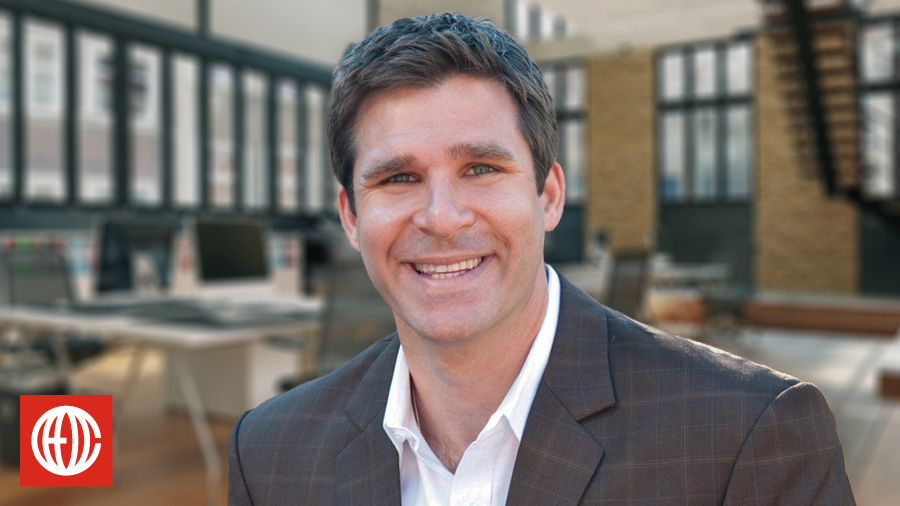
Guest: Matt Plitt, President & Chief Executive Officer of Valent U.S.A. LLC, which is part of Sumitomo Chemicals Global Agricultural Operations. Matt is responsible for driving growth across Canada, Mexico, and the U.S.
Overview: Every BIG is even BIGGER at a truly global business. Subsidiaries and their holding companies need to synchronize culture and processes to achieve a wide array of goals that impact a huge number of stakeholders. But leaders also have to be able to identify the specific action items that belong at the top of their to-do lists so that their company finds that sweet spot between operational rigor and optimal performance.
On today’s show, Matt Plitt explains how he led Valent by building a culture that balances entrepreneurial spirit with discipline. He also explains how working with CEO Coaching International helped him implement a framework for high performance, cultural alignment, and accountability.
Matt Plitt on how coaching helped him reassess his business:
“When CEO Coaching International’s Kevin Adolphe and I first started working together it was really more around getting to understand our business. Fortunately, he had spent some time in the agricultural space. He understood farming operations. He understood the size and scope of production agriculture, which definitely gave him a greater appreciation for what we did. We quickly dove into the responsibilities that I had for Canada, Mexico, and the U.S. And we started off just looking at the total business process and the way we operated. Balancing culture versus operations, looking at staffing and people, and doing a deep dive in terms of performance versus culture evaluations. And then ultimately that led us into building out a full accountability framework for the organization, which has really helped transform us over the last 18 months.”
Matt Plitt on his criteria for new hires:
“First for me was cultural fit. I did not want to bring in somebody who was going to come in and not fit our culture because they were going to fail, and it could create a lot of disruption internally. We’ve had people who were promoted based on performance, but were not strong culturally, and ultimately they fizzle out because they lose their ability to impact and influence the organization and even our customers. For me, culture fit was number one. And once we assess culture fit, then we said, ‘Who has the strongest skills based on what we know we’re going to be embarking on in the next three-to-five years?’ For example, if we knew we were going to have to build out a manufacturing facility, who could bring in new creative ideas to be more efficient in that facility, utilize innovation, digital transformation, and other things. How do we look for the skill sets, the talents, and the vision of what we have to accomplish in the future?
Matt Plitt on improving his annual planning process:
“We had a system in place where I would meet with my leadership team in February or early March of every year. We would look at what we knew we had to accomplish in the next fiscal year. Keep in mind, we operate in a matrix organization. So not only do we have stakeholders in Japan, but we have stakeholders based out of Chicago, Minneapolis, other places around the world that we’re supporting their businesses within the region from a commercial perspective. So as we were building out our corporate goals for the next fiscal year, it would be a very long list because we wanted to make everybody happy. That list would be anywhere from 14 to 20 items we needed to accomplish in the next fiscal year.
“When we brought in Kevin and started having this conversation, it did formalize the discussion, which I thought was really healthy. It forced us to take this both divergent and convergent thought process of getting very creative on things we could do to accomplish our various goals. But then how do you really home in on what are the top priorities and what do you have to get done? And what it allowed us to realize is of those 20 goals we might have had the year before, all 20 of them may have rolled into the next year, but some of those were not necessarily goals. They were more work streams or avenues to accomplish the goal. So it cleaned up our communication and our focus.”
Links:
Say Goodbye to “Failure to Communicate” – CEO Coaching International’s Sheldon Harris says meetings don’t have to be a boring waste of time. In fact, he says there’s a specific “cadence” of meetings and a structure that enables leaders at all levels to be highly effective communicators.
7 Strategies to Create a Culture of Innovation That Drives Growth and Profits – Some of the best companies in the world use these strategies to innovate, create, reset the bar, and Make BIG Happen.
About CEO Coaching International
CEO Coaching International works with CEOs and their leadership teams to achieve extraordinary results quarter after quarter, year after year. Known globally for its success in coaching growth-focused entrepreneurs to meaningful exits, the firm has coached more than 1,500+ CEOs and entrepreneurs across 100+ industries and 60 countries. Its coaches—former CEOs, presidents, and executives—have led businesses ranging from startups to over $10 billion, driving double-digit sales and profit growth, many culminating in eight, nine, or ten-figure exits.
Companies that have worked with CEO Coaching International for two years or more have achieved an average revenue CAGR of 31% (2.6X the U.S. average) and an average EBITDA CAGR of 52.3% (more than 5X the U.S. average).
Discover how coaching can transform your leadership journey at ceocoachinginternational.com.
Learn more about executive coaching | Meet our world-class coaches









